Understanding the Expense of Cosmetic Dentists


Factors Affecting Cosmetic Dentistry Costs
Understanding the factors that contribute to the costs associated with cosmetic dentistry is crucial for anyone considering these procedures. Two primary aspects play a significant role: the type of cosmetic procedures and the materials used.
Type of Cosmetic Procedures
The type of cosmetic procedure chosen significantly influences the overall cost. Simple treatments, such as teeth whitening or bonding, are generally less expensive compared to more complex procedures like dental implants or full-mouth restorations. The complexity and customization required for each procedure often lead to variations in pricing.

The table above outlines some common procedures and their respective cost ranges. For more detailed information on specific procedures, check out our article on what are the most popular cosmetic dentistry procedures?.
Materials Used
The materials selected for cosmetic procedures directly impact their cost. For instance, porcelain veneers are typically more expensive than composite resin veneers due to their durability and natural appearance [1]. High-quality materials, such as porcelain, provide longer-lasting results compared to alternatives, making them a worthwhile investment despite the higher initial price tag.

These materials can significantly affect the price of cosmetic dental work, especially in Ohio, where local dental practices may have varying costs associated with the materials used [2]. Therefore, it is essential for individuals considering cosmetic dentistry to be informed about both the type of procedure and the materials involved to better understand why costs may differ.
Cost Influencers
Understanding the various factors that contribute to the expense of cosmetic dentistry is crucial for anyone considering these services. Two significant influencers are the dentist's expertise and the geographic location of the practice.
Dentist's Expertise
The experience, specialization, and reputation of the cosmetic dentist can significantly affect the cost of procedures. Highly skilled cosmetic dentists often charge higher fees due to their advanced training, years of experience, and established reputation in the field [3]. The table below outlines how different levels of expertise might influence costs:

This range indicates that individuals may pay more for a dentist who has demonstrated exceptional skill and a successful track record in cosmetic procedures.
Geographic Location
The location of the dental practice is another key factor influencing the cost of cosmetic dental procedures. Generally, practices situated in urban areas or regions with a higher cost of living tend to charge more than those in rural locations [1]. Below is a comparison of average costs based on geographic location:

The variance in pricing underscores the importance of considering the geographic context when evaluating cost. Not only can surgical fees vary significantly, but local demand for cosmetic services and operational costs associated with maintaining a practice in certain regions also play a role.
For those interested in understanding more about the costs and procedures involved in cosmetic dentistry, resources are available through links such as how to choose the right cosmetic dentist for your smile makeover and common dental procedures dentists perform.
Additional Cost Considerations
To fully understand the financial implications of cosmetic dentistry, it is essential to consider ongoing maintenance and potential complications that may arise during and after procedures.
Ongoing Maintenance
Many cosmetic dental procedures require ongoing maintenance to ensure lasting results. This may involve periodic touch-ups, replacements, or additional treatments that help maintain the appearance and function of the work done. Maintenance costs can vary considerably, ranging from $100 to $1,000 or more, depending on the procedure and the materials used [1]. It's crucial for individuals to factor these ongoing expenses into their budget when considering cosmetic dentistry.

Understanding that cosmetic dental work often involves regular upkeep helps patients prepare for the overall cost of their dental care.
Complications and Additional Procedures
In some cases, patients may encounter complications following their cosmetic procedures, which can lead to additional expenses. Complications may arise from the initial treatment or from factors such as the body’s reaction to materials used. It’s essential to consult with a cosmetic dentist before the procedure to discuss possible risks and complications.
Should complications occur, dentists might recommend follow-up procedures or corrective measures, influencing the overall budget for the treatment. As noted, dental insurance typically does not cover cosmetic procedures, leading to out-of-pocket expenses for patients [3].
Planning for the unexpected is key to managing the costs associated with cosmetic dentistry, making it vital for patients to ask their dentists about potential risks and related costs before proceeding.
By considering both ongoing maintenance and the possibility of complications, patients can develop a more comprehensive understanding of [are cosmetic dentists expensive? factors that affect cost]. Effective budgeting is essential for those considering enhancing their smiles through cosmetic dentistry.

Understanding the Cost Breakdown
A comprehensive understanding of cosmetic dentistry expenses includes examining pre-procedural consultations and post-procedural care. These two components play a crucial role in determining the overall costs of cosmetic dental treatments.
Pre-Procedural Consultations
Before any cosmetic procedure, dental professionals often require consultations to assess the patient's needs and expectations. This phase may involve diagnostic imaging, discussions regarding the desired outcomes, and treatment planning. These consultations are essential for creating a tailored approach and ensuring optimal results.
Typically, the costs associated with pre-procedural consultations can vary based on the complexity of the case and the dentist's expertise. Here’s a breakdown of what to expect:

All these factors contribute to the overall pricing of cosmetic procedures, as many dental practices include these assessments in their service fees [1].
Post-Procedural Care
Post-procedural care is equally important in the cost breakdown of cosmetic dentistry. After undergoing treatment, patients typically require follow-up visits to ensure the success of the procedure and address any complications. These can include measuring outcomes, assessing healing, and making any necessary adjustments.
The costs associated with post-procedural care may include:

These visits are crucial for maintaining results and addressing any issues promptly. While many patients consider the overall expenses, it's important to factor in the costs linked to these follow-ups, which can significantly alter the total investment in cosmetic dental procedures [3].
In summary, understanding the complete financial framework surrounding cosmetic dentistry allows individuals to make informed decisions. The total expenses not only reflect the procedure itself but encompass necessary pre-procedural consultations and essential post-procedural care, reinforcing the notion that cosmetic dentistry has multiple cost drivers including follow-up considerations.

Impact of Technology
Technology plays a vital role in the field of cosmetic dentistry. From advanced techniques to modern equipment, technological advancements significantly influence the overall cost of procedures and the quality of care patients receive.
Advanced Techniques
Advanced techniques in cosmetic dentistry not only enhance the end results but also contribute to the cost. Options such as digital smile design and laser dentistry have revolutionized how dental professionals provide services.
- Digital Smile Design: This technique allows patients to visualize their expected results. The process enhances precision in treatment planning and can minimize the number of appointments needed. However, the investment in this technology can lead to higher costs for patients.
- Laser Dentistry: Lasers are used for various procedures, including teeth whitening and gum contouring. The use of lasers often results in less discomfort and faster recovery times. The cost associated with laser technology can be substantial, as the equipment is both expensive and specialized.

Equipment Upgrades
The type of equipment used in cosmetic dentistry can dramatically affect costs. Modern, high-quality tools improve efficiency and outcomes. Dentists who invest in updated technology typically provide better service, which can justify higher fees.
- Upgraded Equipment: State-of-the-art equipment, like 3D imaging and CAD/CAM systems, allows for more precise procedures, such as creating custom crowns or implants. The investment in these tools can lead to significant improvements in quality but also contributes to the overall expense of cosmetic dentistry.
- Materials Used: The choice of materials for procedures, such as porcelain veneers versus composite resin, also impacts costs. Porcelain veneers are known for their durability and appearance. These factors heighten the overall price compared to less expensive materials.
Investing in advanced techniques and modern equipment reflects the trend towards higher costs in cosmetic dentistry. Understanding these factors helps address questions of whether cosmetic dentists are expensive and what influences these costs. Further exploration of common dental procedures dentists perform can offer additional insights into pricing variations in cosmetic dentistry.
Regional Cost Variances
Understanding the regional cost variances in cosmetic dentistry is essential for those considering dental upgrades. Geographic location not only influences the price of services but can also affect the choice of materials and technology used.
Urban vs Rural Areas
Cosmetic dentists in urban areas usually charge higher fees compared to those in rural areas. This discrepancy can be attributed to the increased overhead costs associated with running a practice in metropolitan regions. Higher demand for cosmetic procedures in cities often leads to elevated pricing. Practices located in affluent neighborhoods, where clientele might expect premium services, will also likely set higher rates.

The differences in pricing do not only stem from location but also from the variety of services available. Urban dental practices may offer advanced technologies and a wider range of cosmetic procedures, which can influence overall costs. For example, practices in cities may incorporate luxury elements into their offerings, justifying the higher prices.
Ohio Specific Pricing
In Ohio, there are noticeable variances in the cost of cosmetic dentistry services based on geographic location. Urban centers such as Cleveland, Columbus, and Cincinnati typically command higher prices due to increased operational costs and demand for cosmetic treatments. Conversely, practices in rural parts of Ohio often provide lower rates, though patients may encounter trade-offs regarding the technology and treatment options available.

It is also important to note that the choice of materials, such as porcelain versus composite resin, significantly impacts pricing in Ohio. While high-quality materials like porcelain may offer superior durability and appearance, they typically come with a higher price tag [2]. Understanding these variances can assist individuals in making informed decisions when consulting with cosmetic dentists in their area. For more detailed insights, consider exploring our articles on how to choose the right cosmetic dentist for your smile makeover and is cosmetic dentistry covered by insurance?.
References
[1]: https://cosmeticdentistryofsa.com/understanding-the-cost-of-cosmetic-dental-procedures/
[2]: https://www.blankdental.com/costs-of-cosmetic-dentistry-ohio/
[3]: https://thehoustondentist.net/blog/factors-affecting-cosmetic-dentistry-costs/
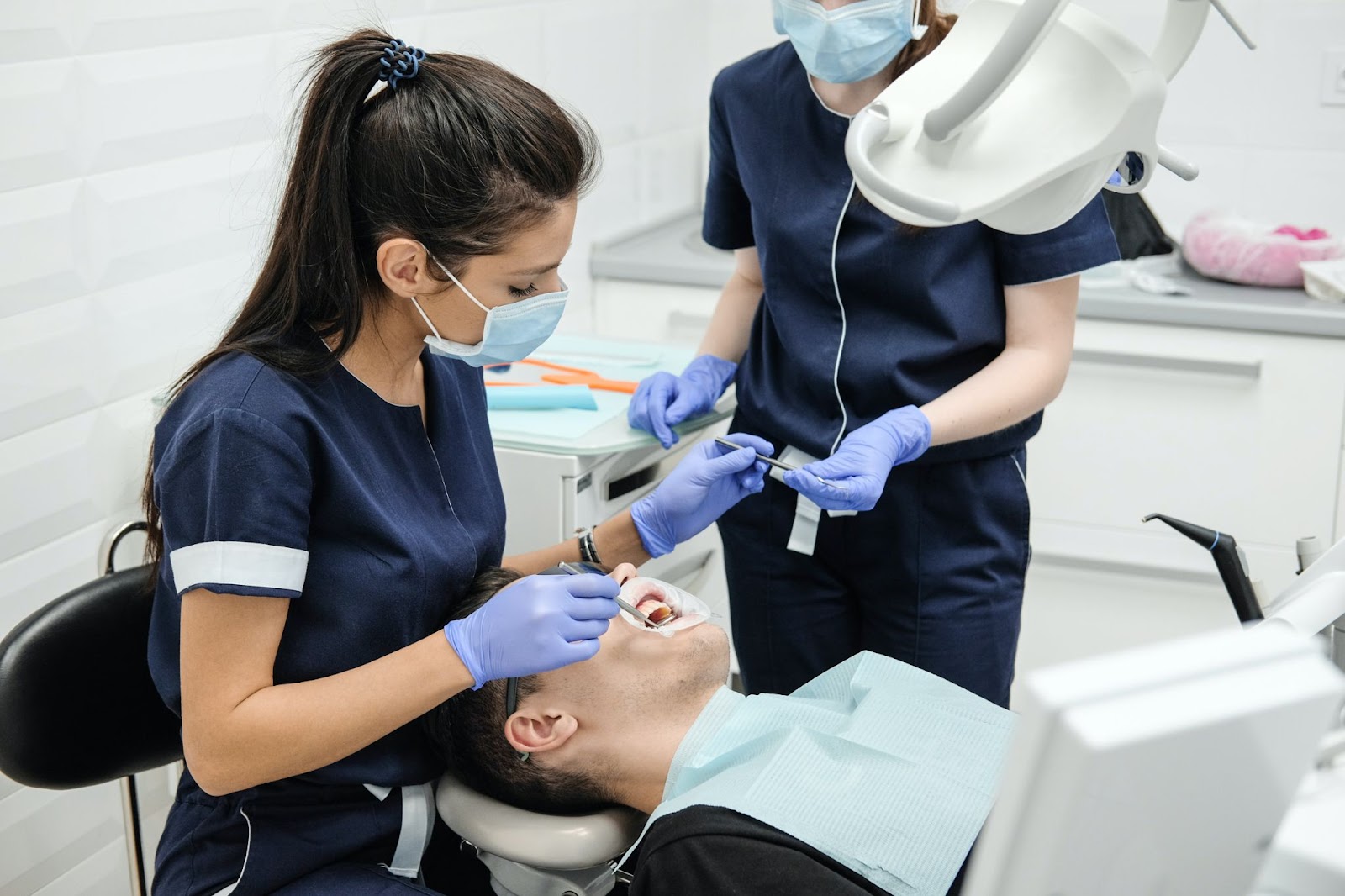



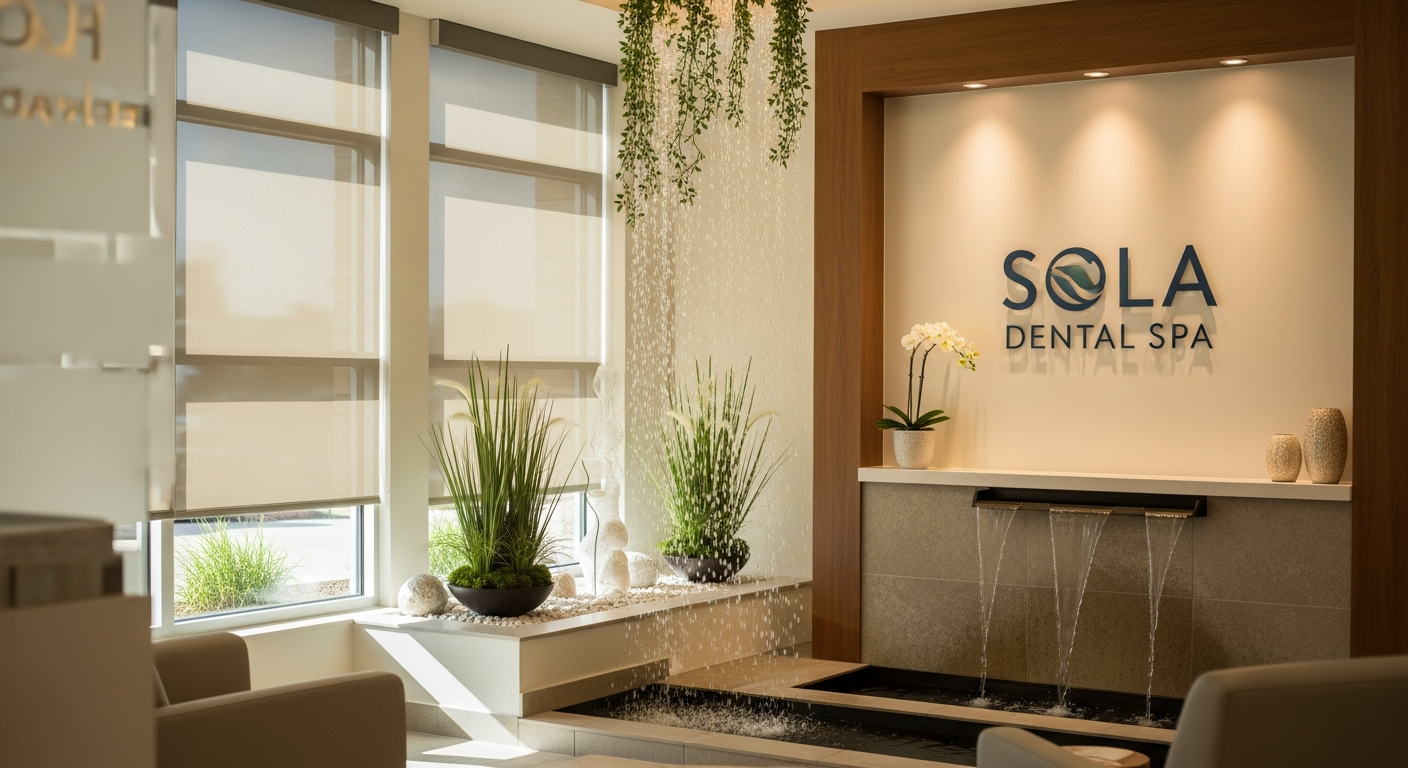
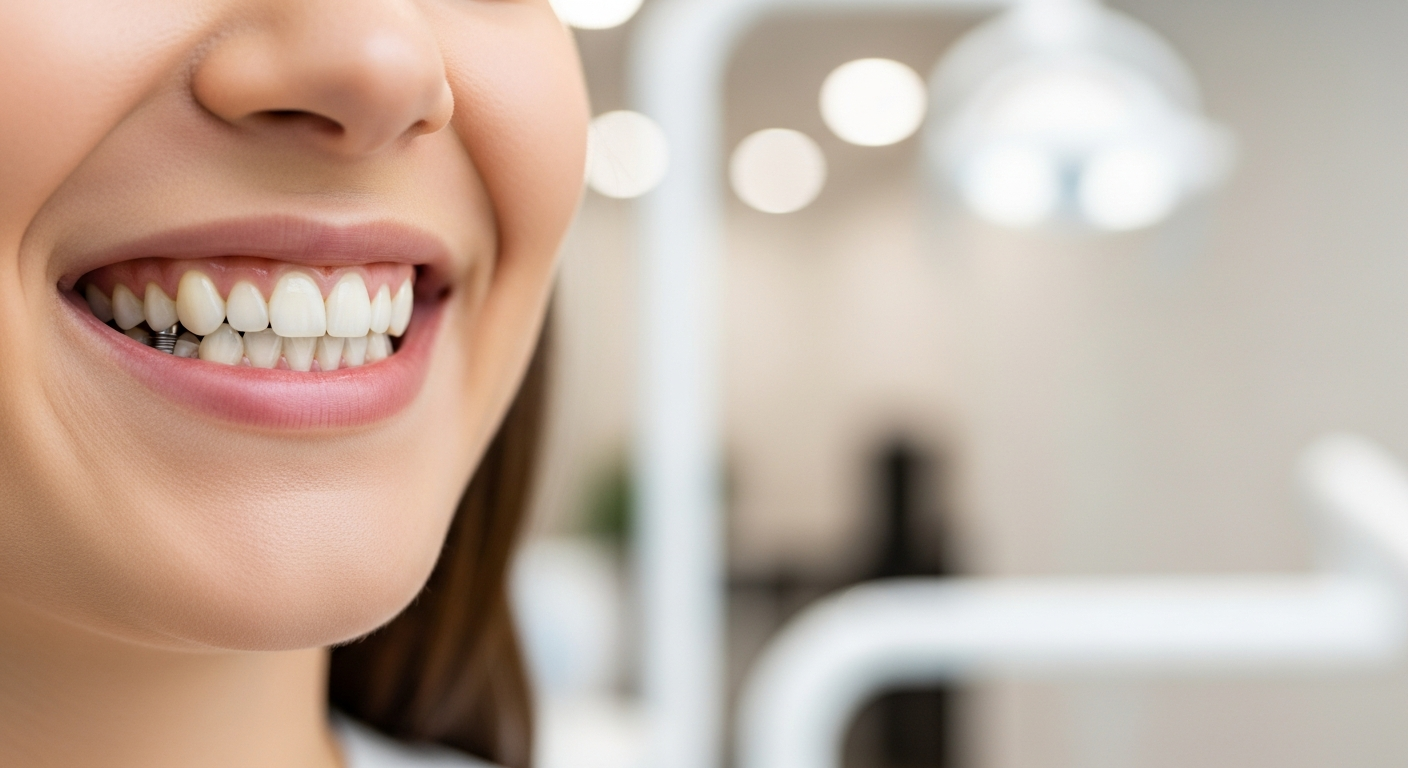
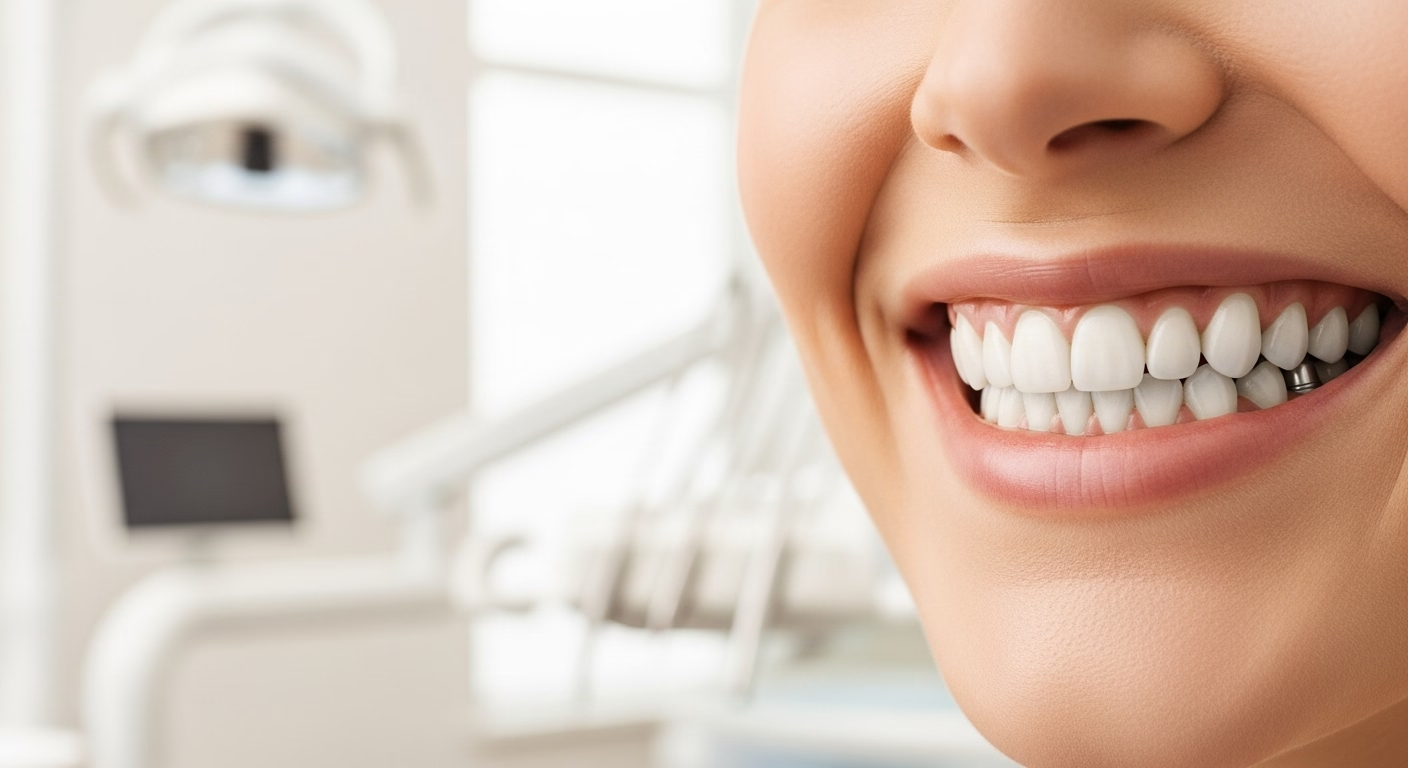
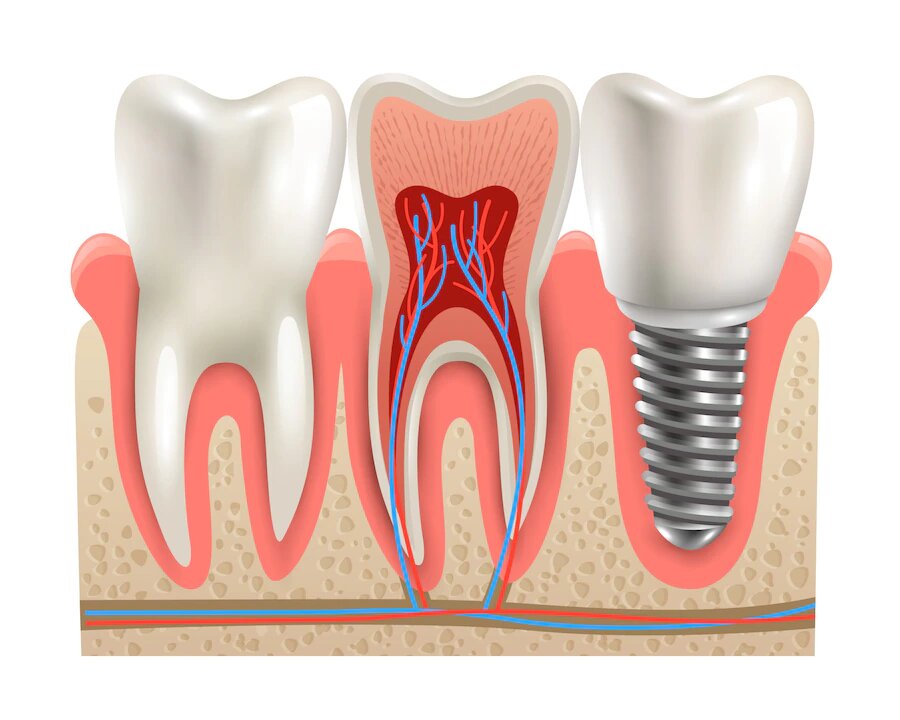
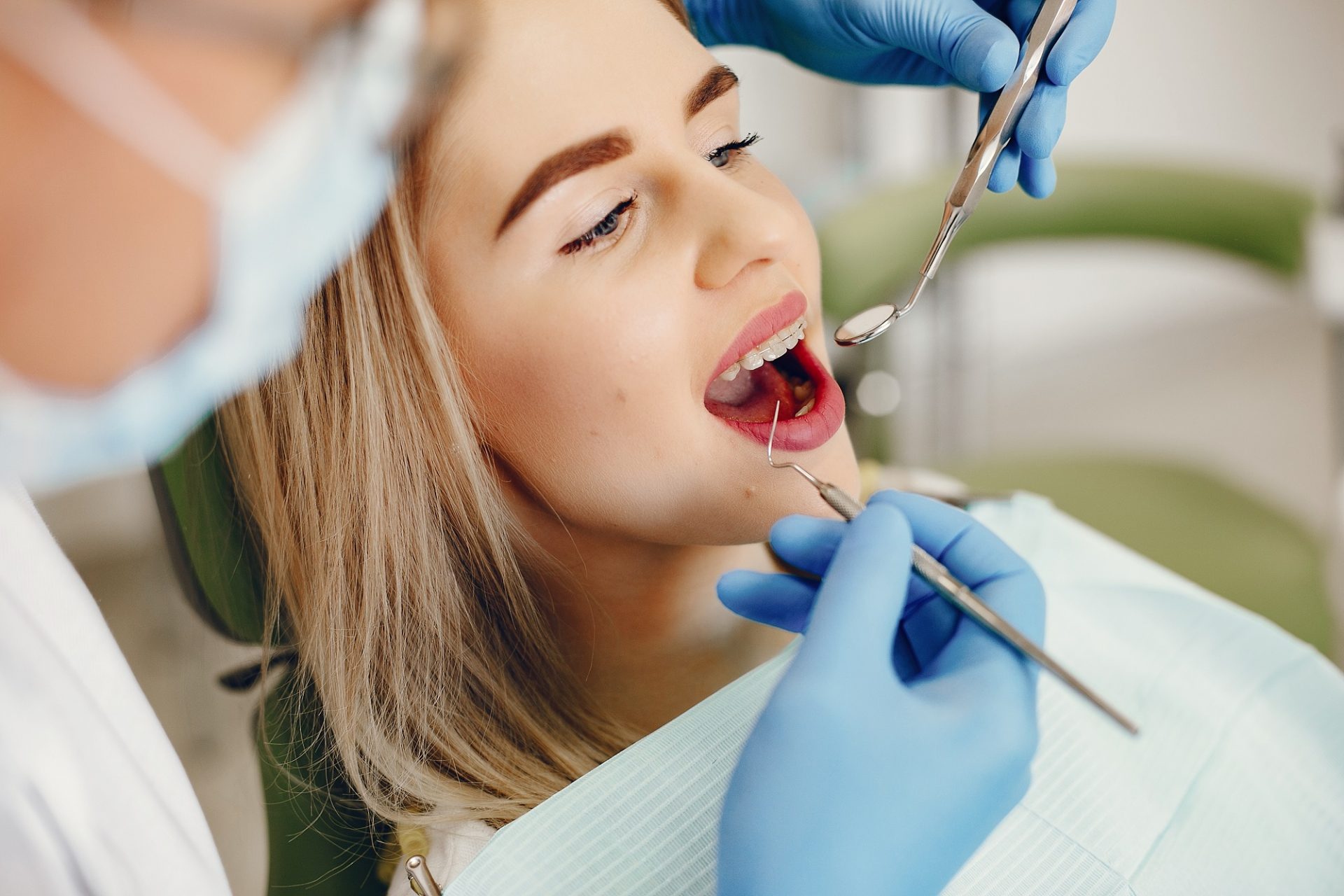



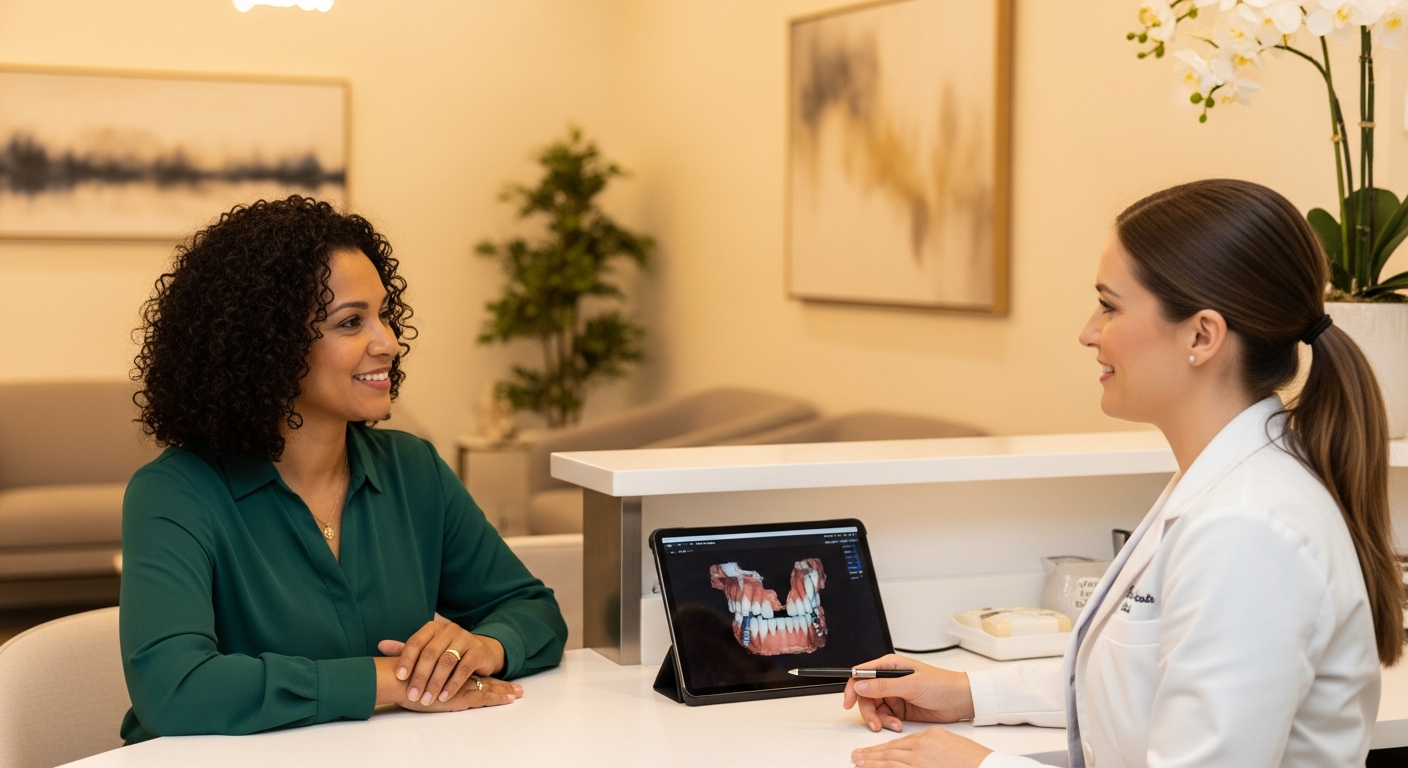



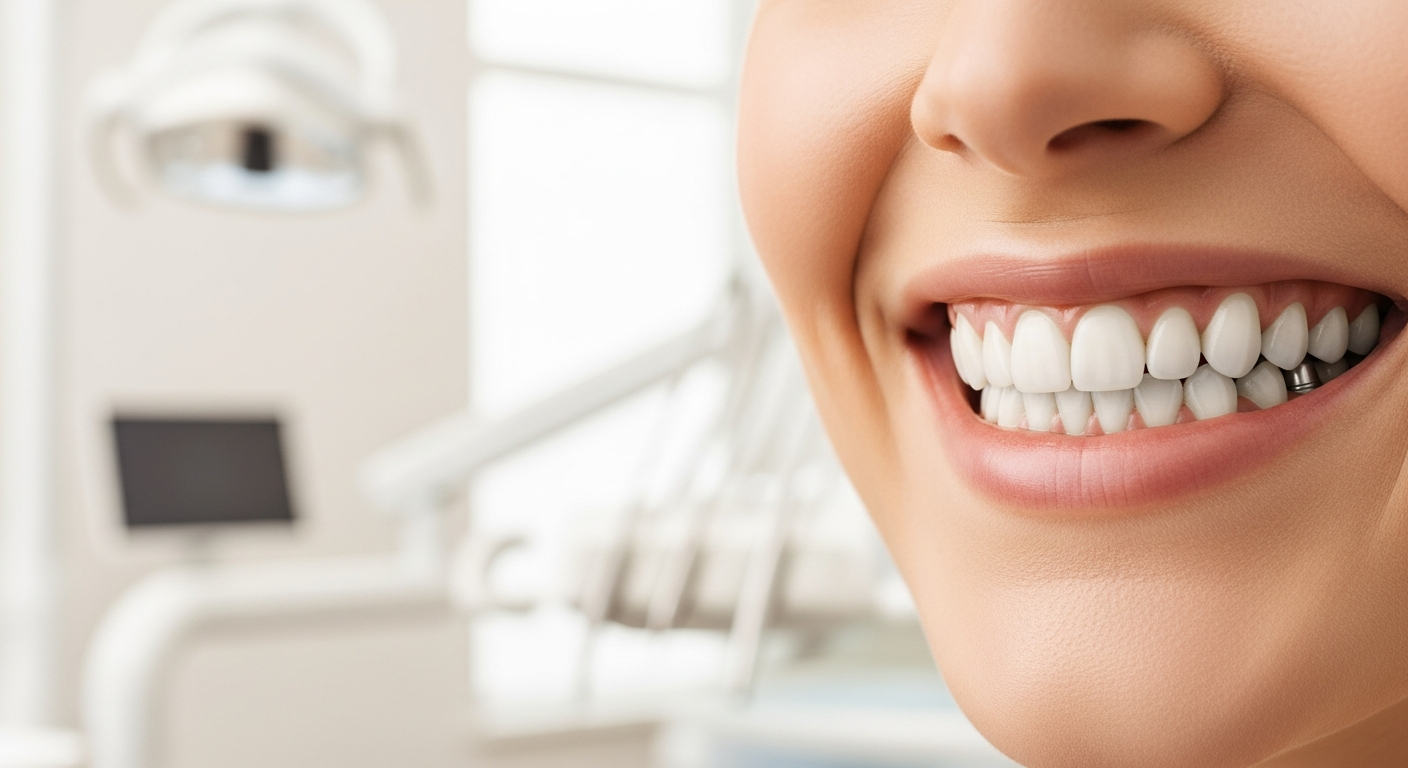

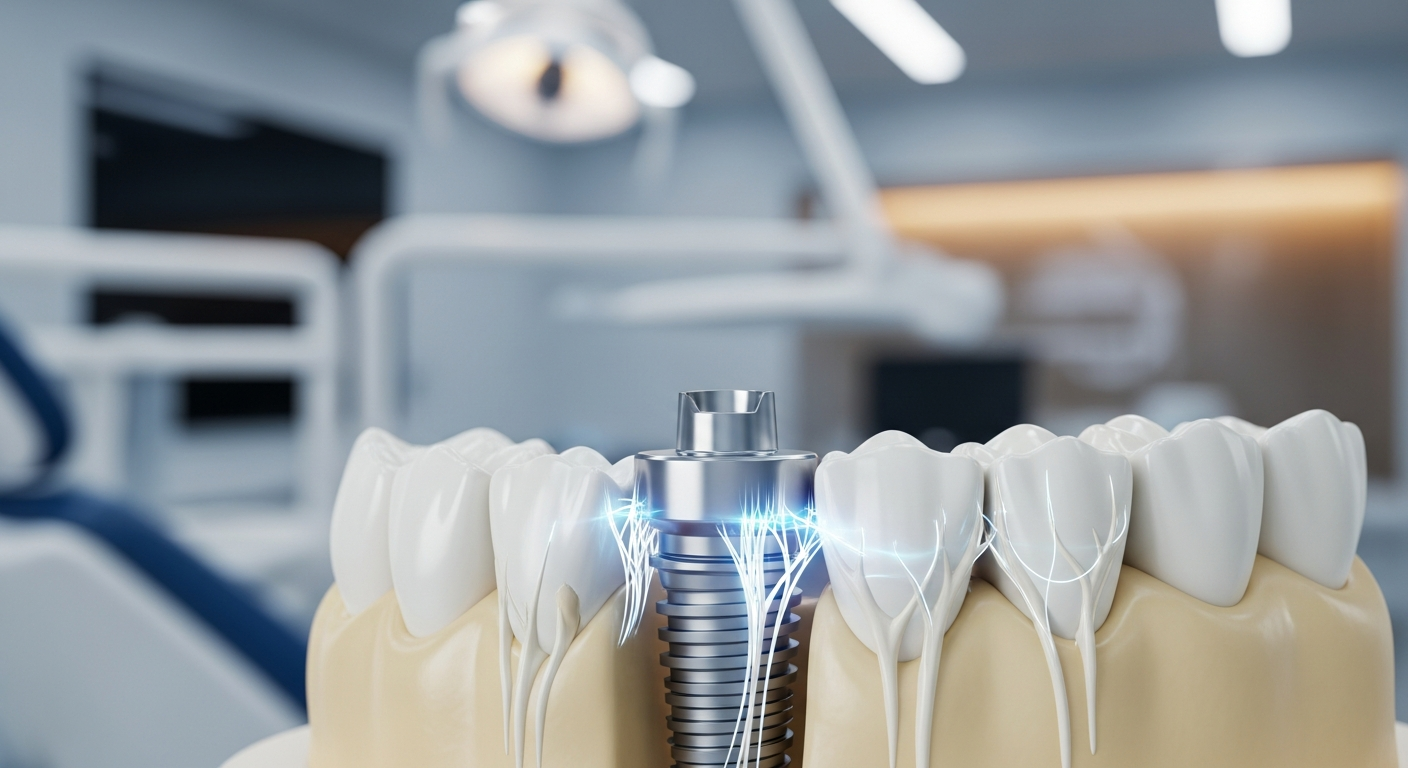
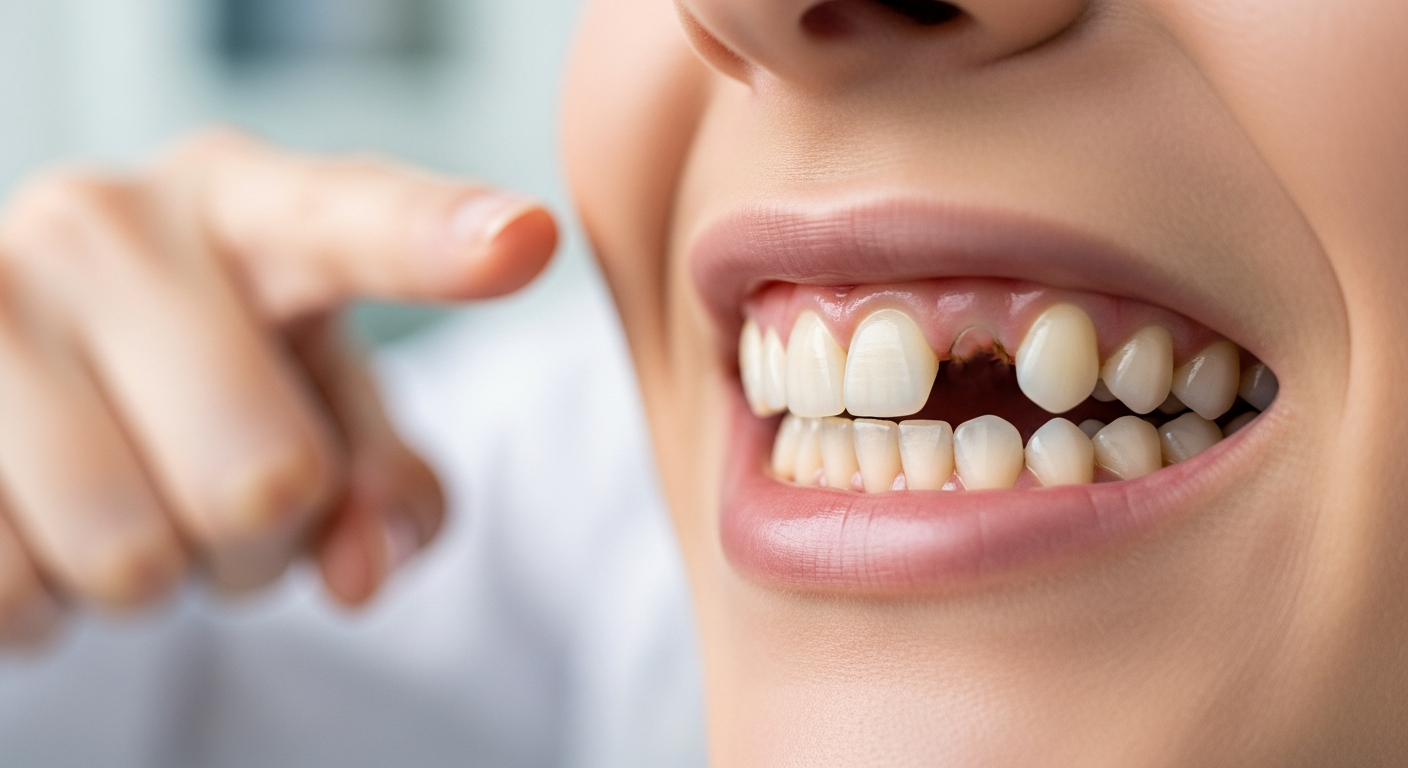




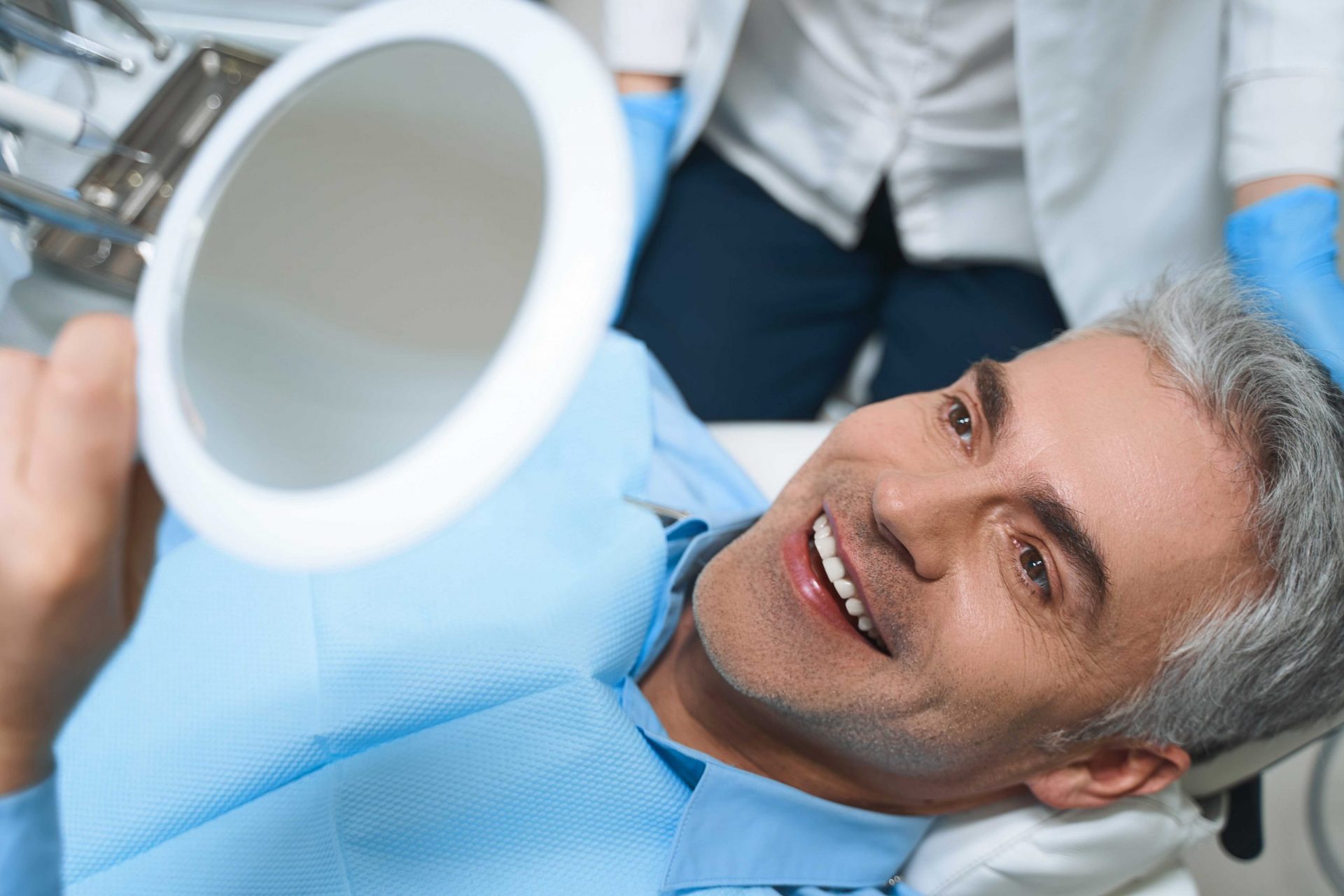
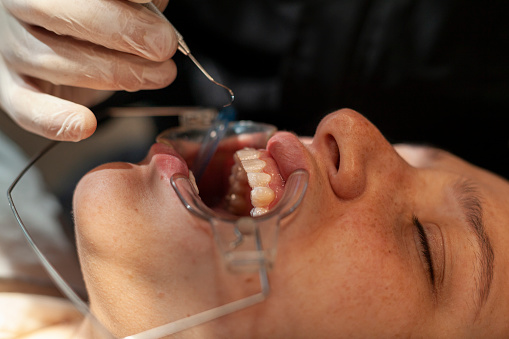

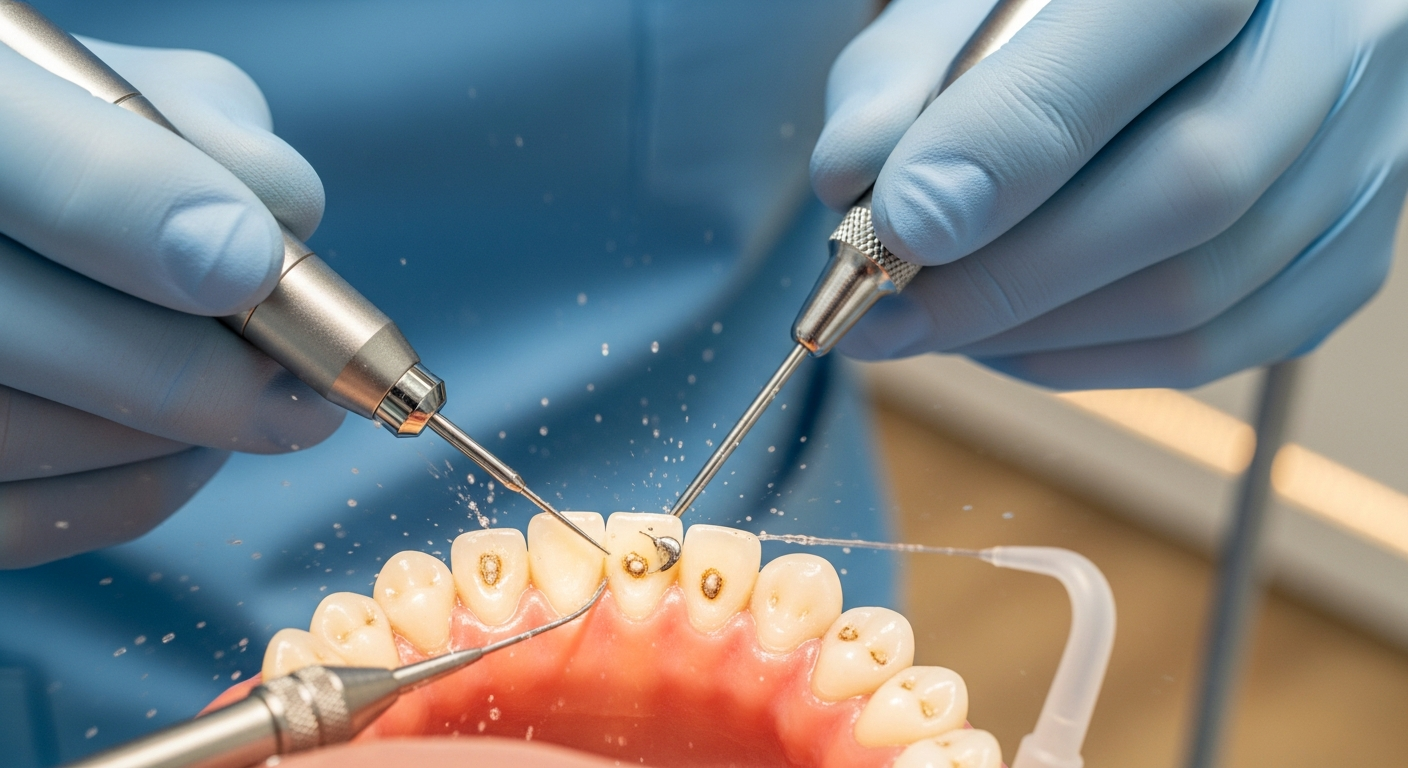

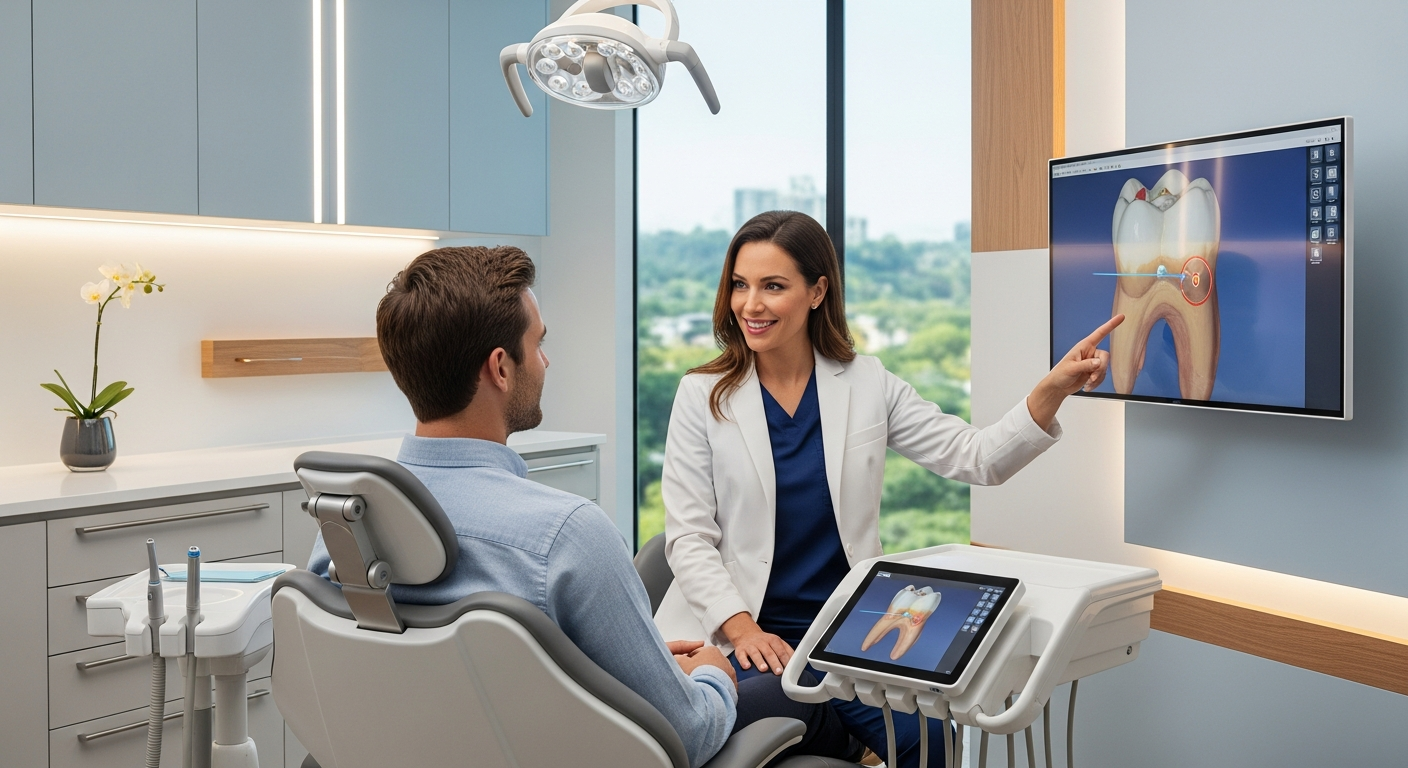
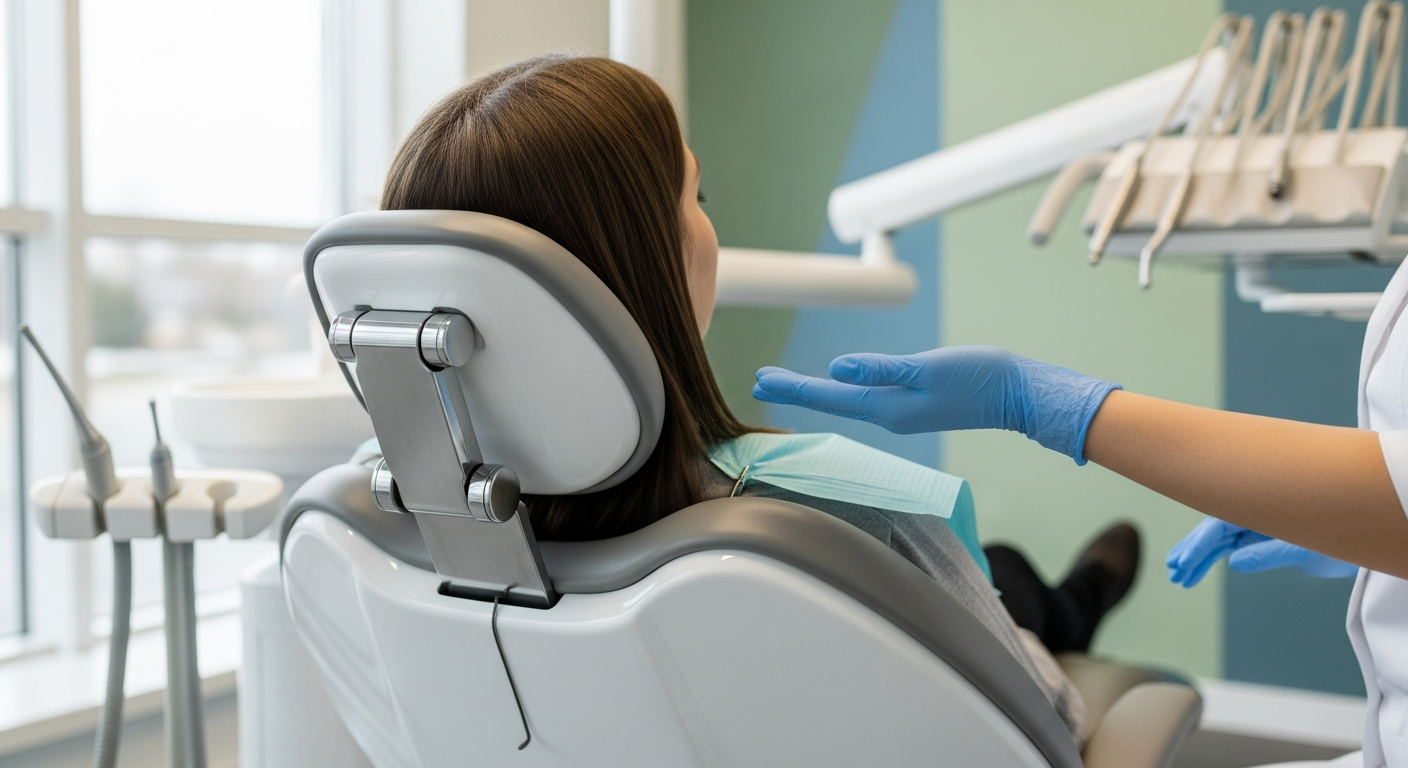

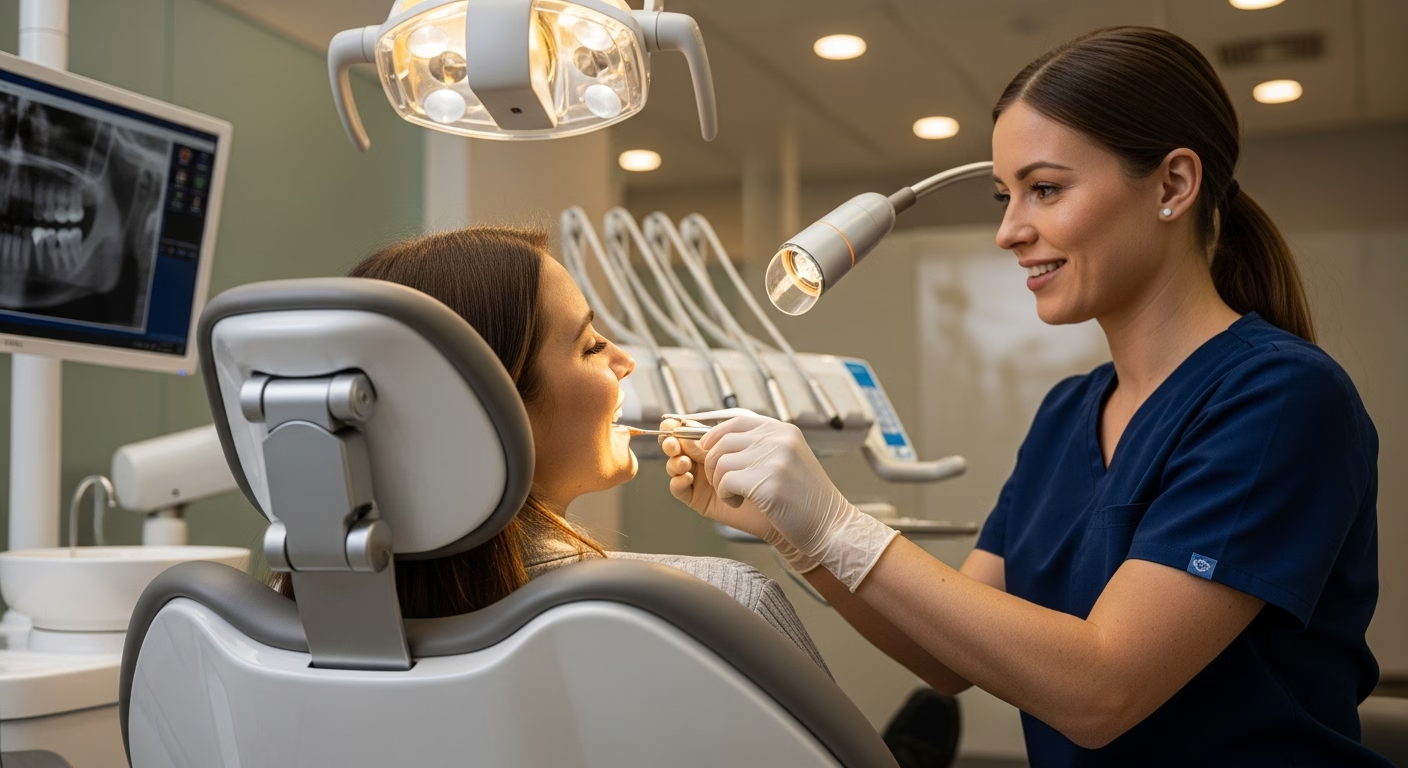
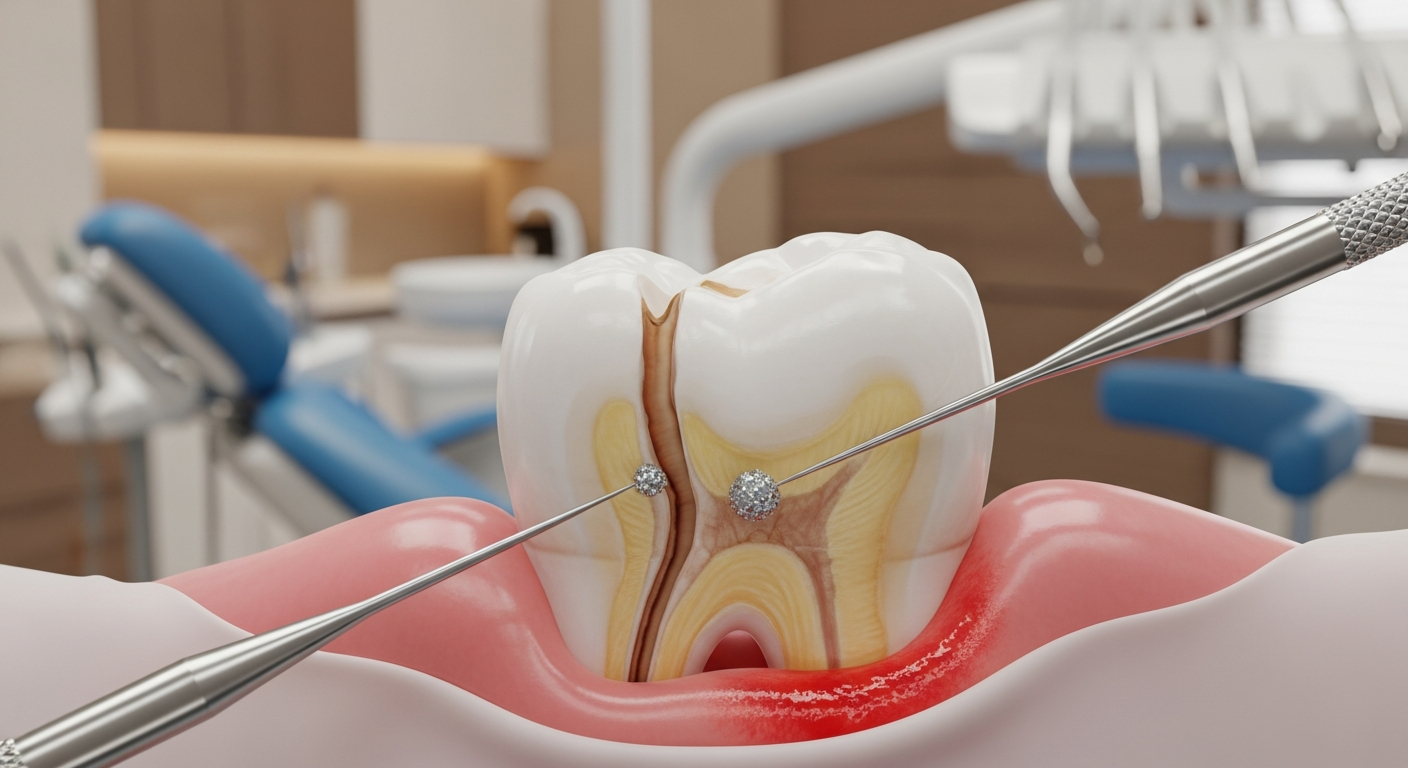



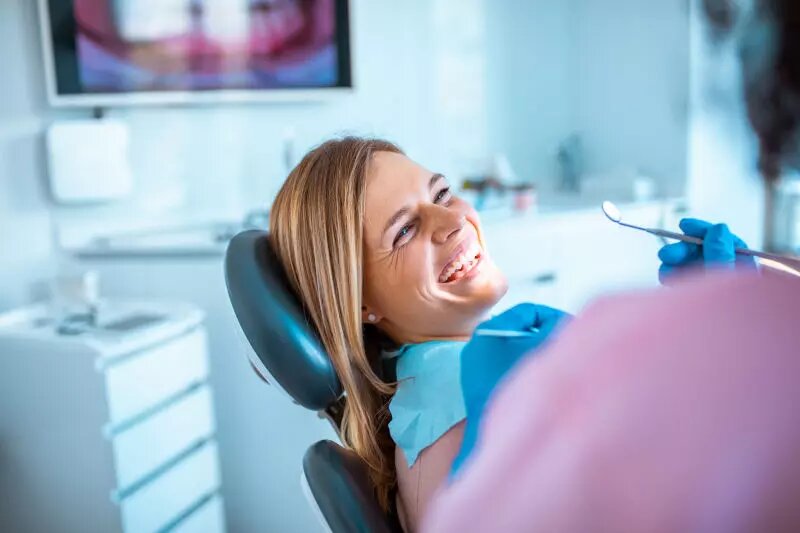
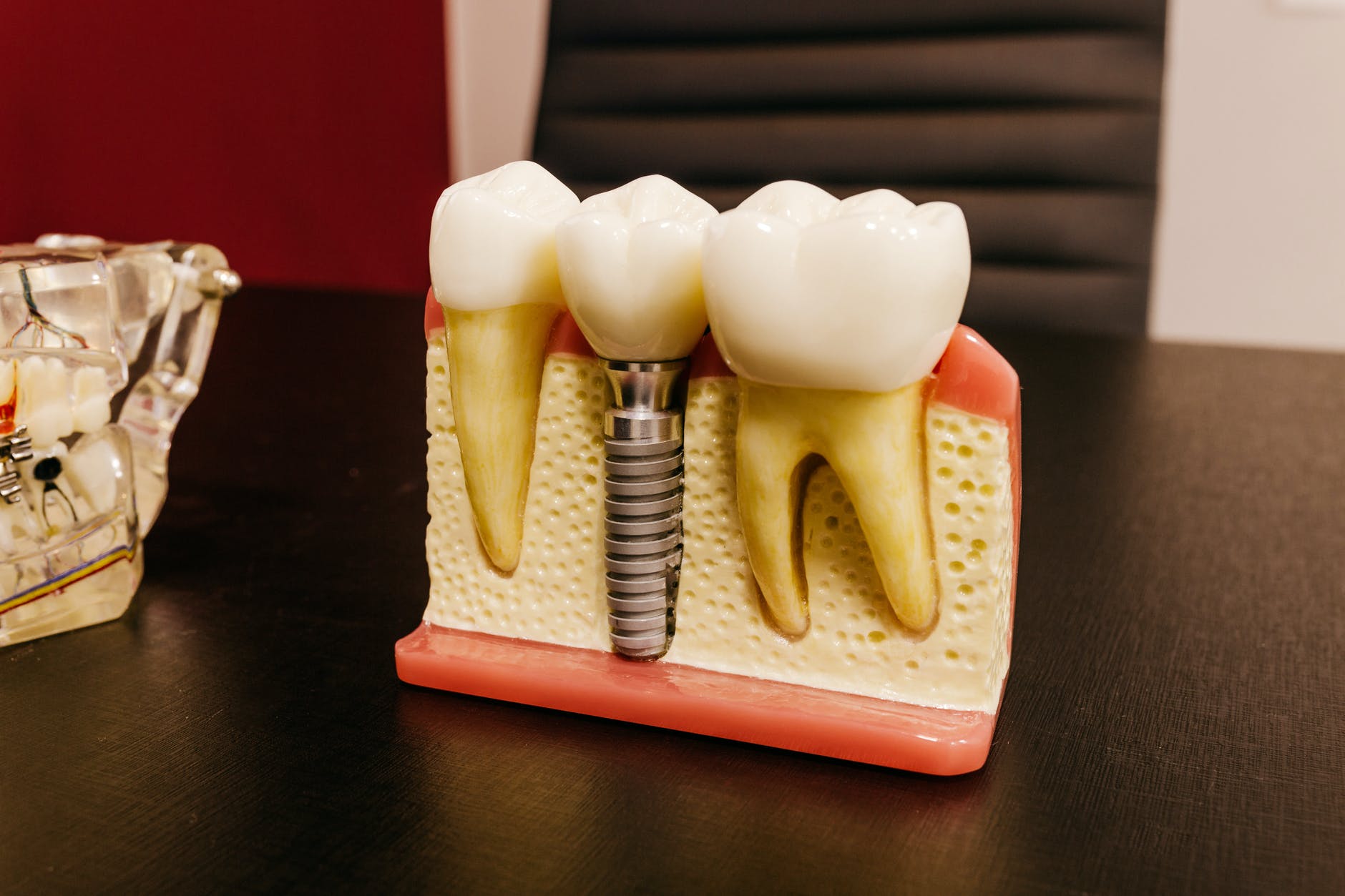






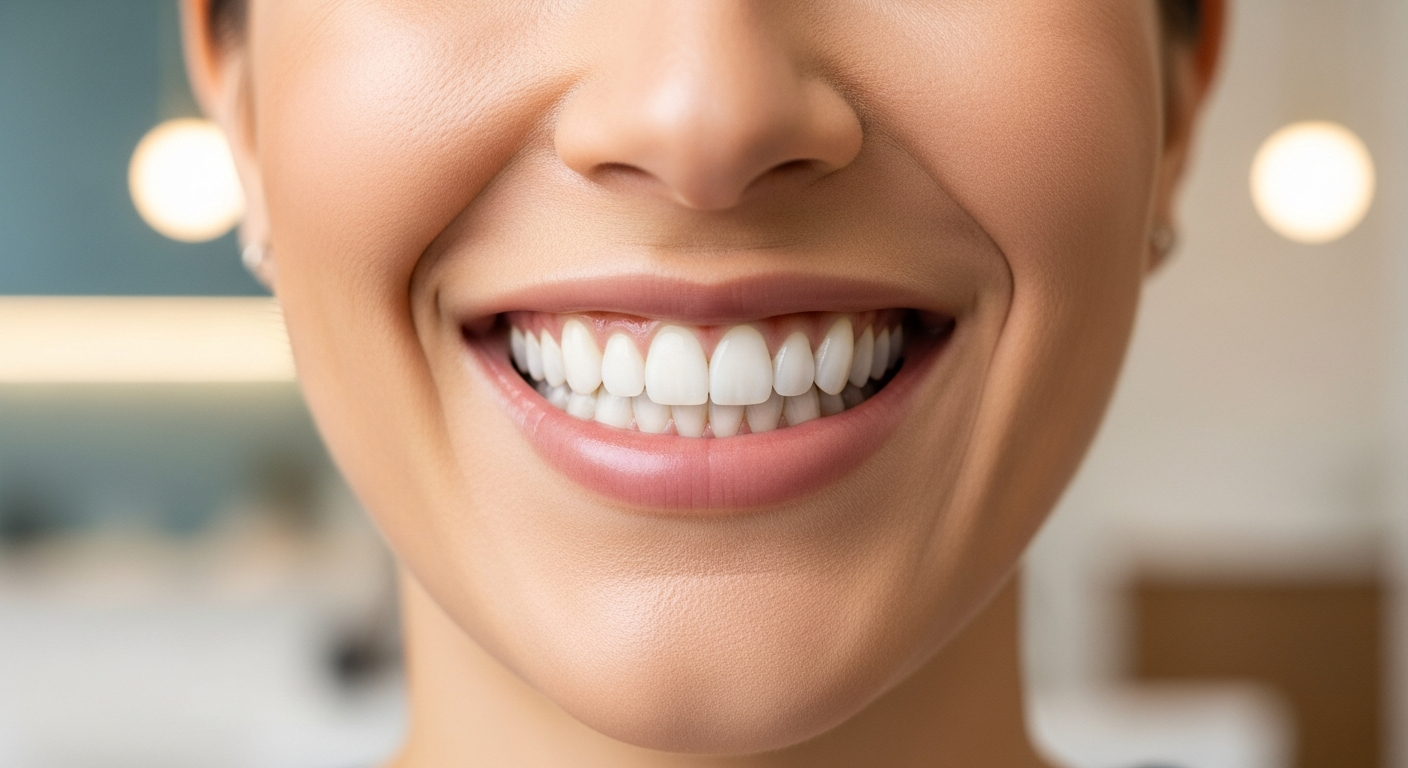



.avif)


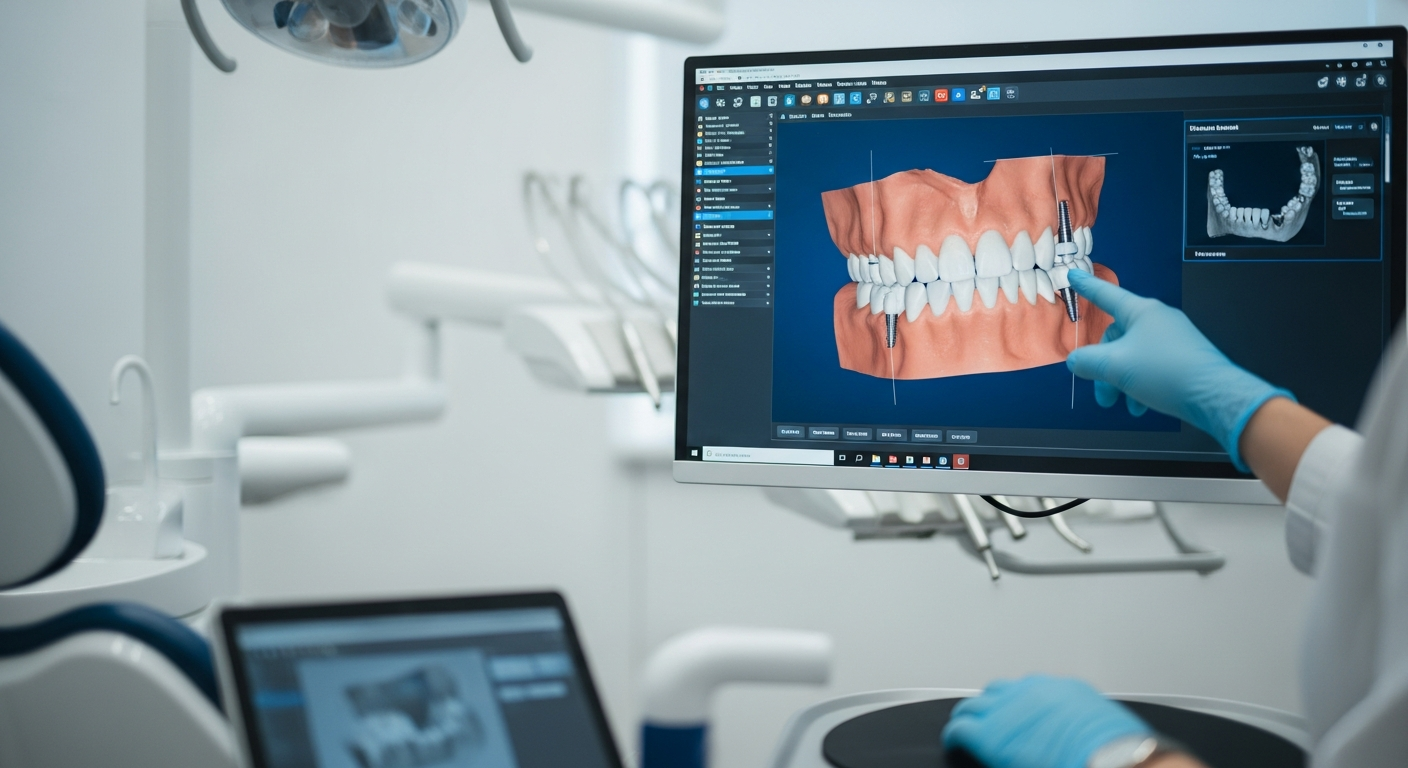

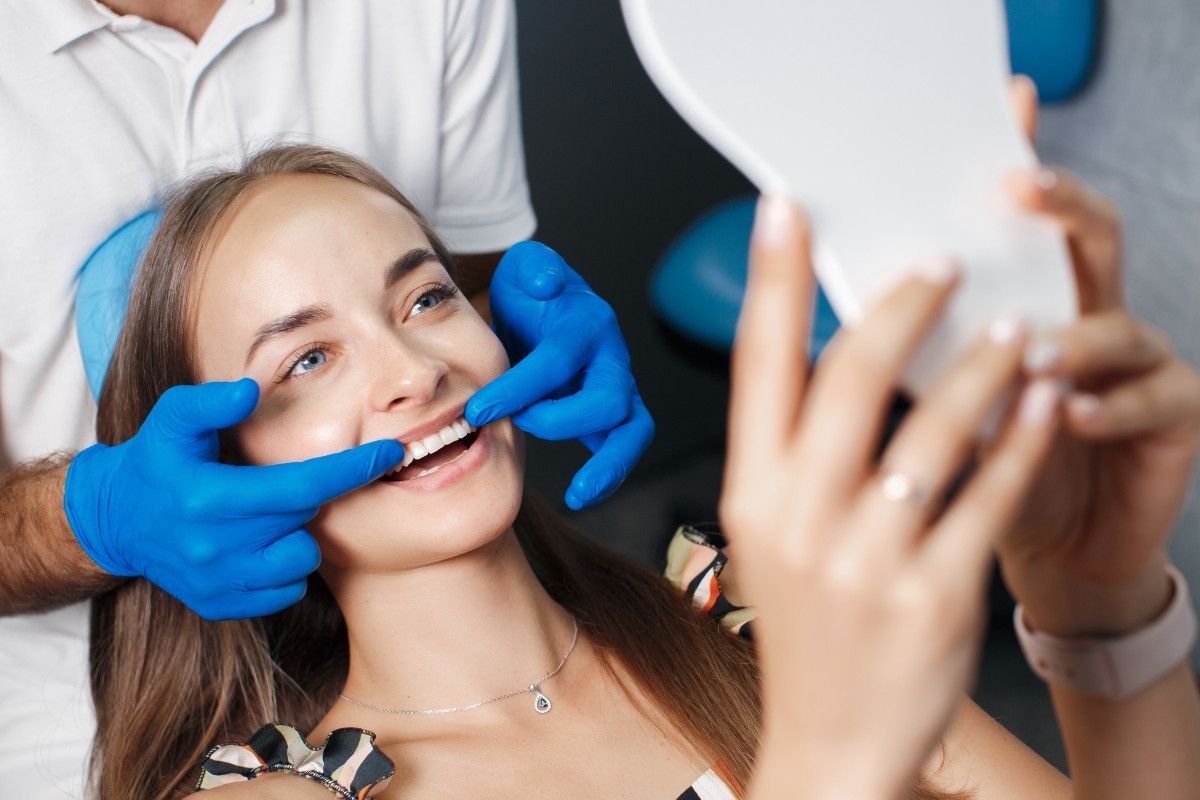

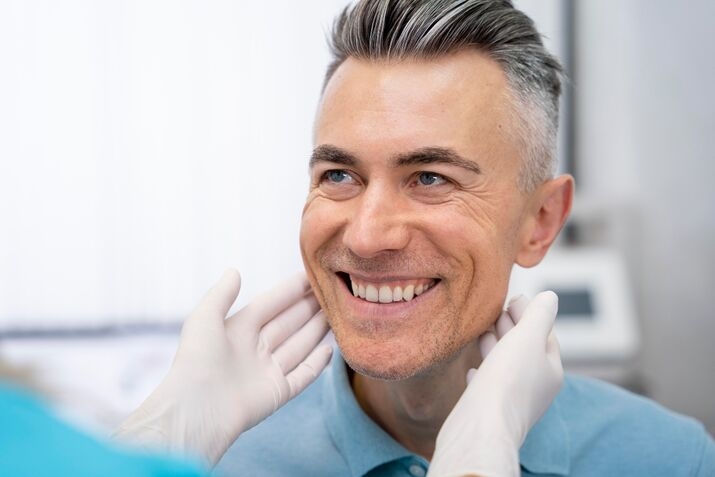
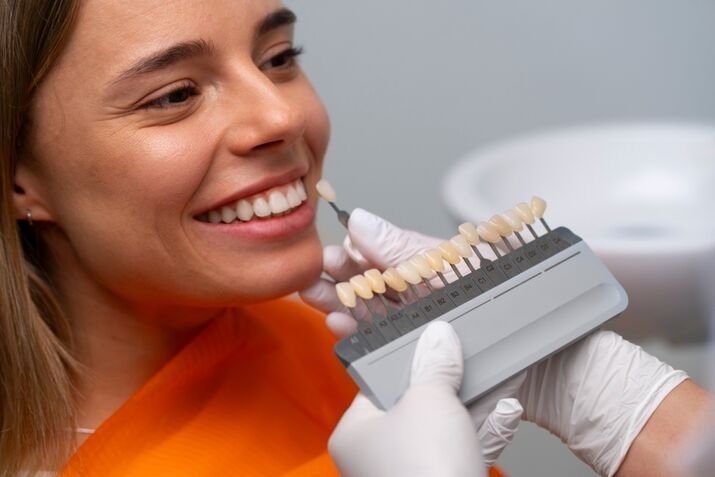


.jpg)


















.avif)


















.jpg)


